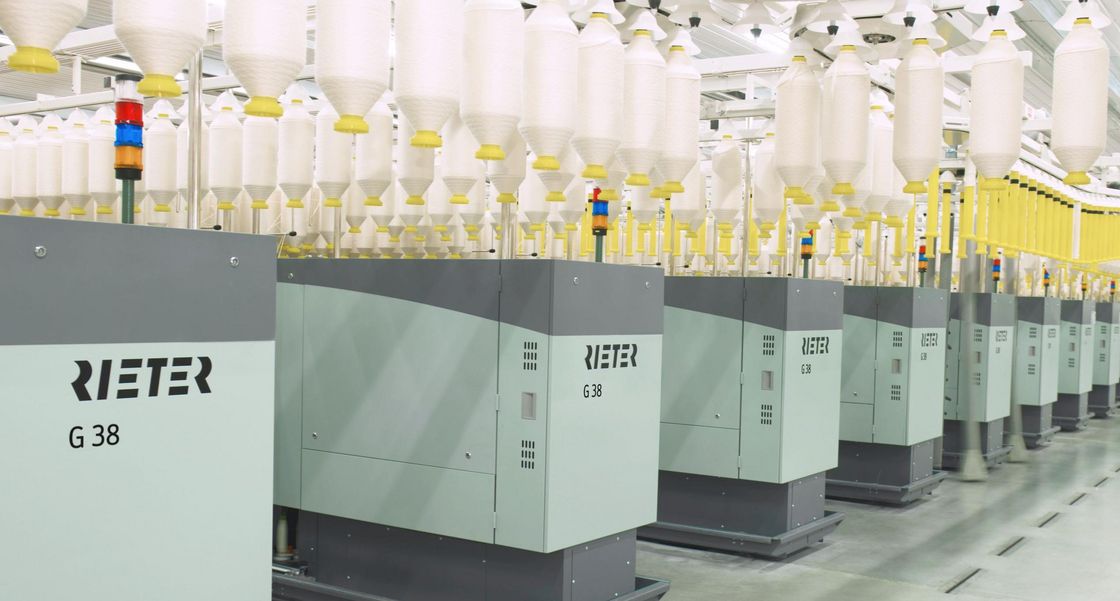Section outline
-
Welcome Note
Welcome to my course blog at DIU Blended Learning Center (BLC). This is Alamgir Hossain, and I am your facilitator in this course. I am hopeful that you will find various information and help to complete this course successfully. Yarn Manufacturing I is the first course where you will learn how yarns are produced from fibers and the different steps of yarn manufacturing techniques. The course is designed based on practical knowledge of spinning mills where yarns are manufactured. So this course will be very helpful to build your career in the spinning sector as well as in textile sector.
Course Teacher Profile:
Alamgir Hossain
Designation: Senior Lecturer
Department of Textile Engineering
Contact Number: 01922788272
Email: alamgir588@daffodilvarsity.edu.bd
Profile link: https://faculty.daffodilvarsity.edu.bd/profile/te/alamgir.html

Course Details:
Course Name: Yarn Manufacturing I
Course Code: TE205
Level & Term: Level 2 & Term 1 ( Section: C1 & C2)
Credit Hour: 3.0 (Weekly 3 contact hours)
Course Description:
Short Staple: Characteristics of Fibre considered by a spinner, Flow chart for the production of carded and combed yearns, Importance of mixing and blending.
Blow Room: Principles of Opening and Cleaning, Study of Blow Room Machines for Blending, Opening, Cleaning and control of regularity of mass per unit length, Extraction and control of waste, Settings for waste, Blow room lines for different purposes, use of suitable sequences of machines, Production of scutcher laps, Advantages and disadvantages of chute feeding to cards, Safety; Prevention of fires, methods of extraction of metal objects, Main setting, Speeds, Production.
Carding: Principles and objects of carding; Detailed study of the revolving flat card, Types and care of wire, Stripping and Grinding, doffing mechanism. Extraction and control of waste and dust, Can coiling, Speeds, Productions, Settings, Cleaning efficiency, Control of nep and Fibre damage, Variation in sliver mass per unit length.
Draw Frame: Principles of roller drafting; Drafting forces; Fibre control; Drafting wave and effect of short fibres and fibres with hooked ends created in carding, Mechanical faults causing periodic variation.
Minimum theoretical variation, Effects of doubling and drafting Study of draw frame, Drafting systems Stop mechanisms, Can coiling, Roller setting, Production, Introduction to auto levelers.
Rationale: This course is specially designed to provide technical knowledge and skills to cope up with the requirement of Machine Operation of the Yarn Manufacturing Section of Textile Sector. The course will be implemented to ensure at least 50% of total contact hours on practical/hands on skills training or practice and 50% trade/occupations related theory. It will cover fibre preparatory sections of the ring spinning and jute spinning systems.
Course objectives:
By the end of the course it is expected that the students will be able to
- · Gather knowledge about various types of yarn and their applications.
- · Explain required fibre properties and fibre selection technique for yarn manufacturing.
- · Define basic terminologies related to yarn manufacturing.
- · Have understanding about mixing, blending and layout plan for different fiber processing.
- · Have a clear concept about the working procedures and principles involved in yarn manufacturing from Blow Room to Draw frame section.
- · They also be capable to set the cotton carding machine and solve different problem of carding machine including calculating production in a given time.
- · Have the understanding about the wastages in different stages of spinning.
- · The students also able to realize the basic operations of long staple spinning like batching, batch selection, Emulsion etc.
- · They also be capable to set the jute carding machine and solve different problem of carding machine including calculating production in a given time.
-
Please see the lesson plan
-
Please see the assessment plan or strategy
-
Necessary books
-
Watch the instruction for the proper use of BLC
